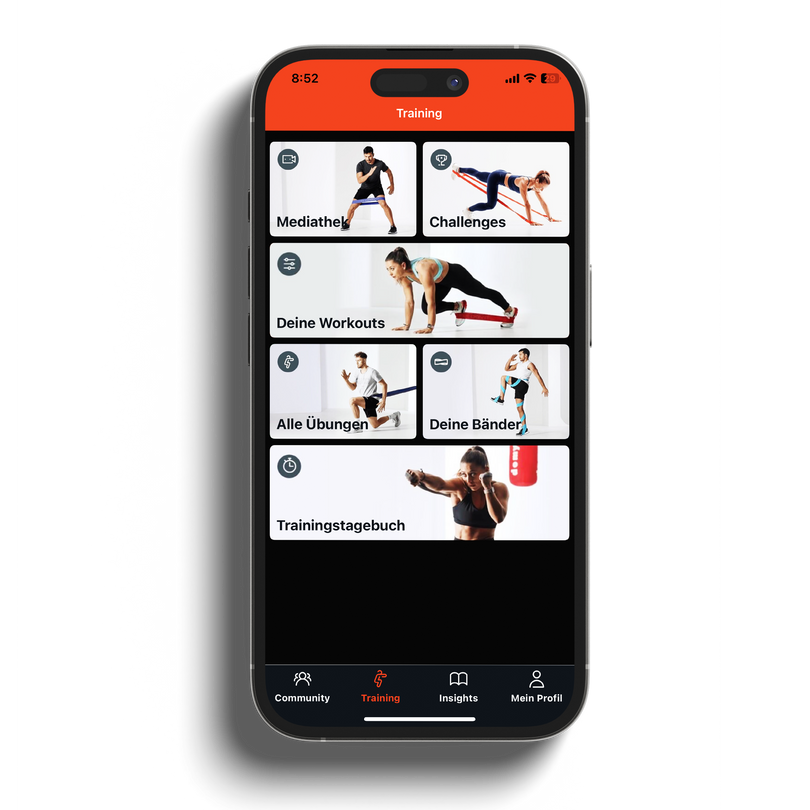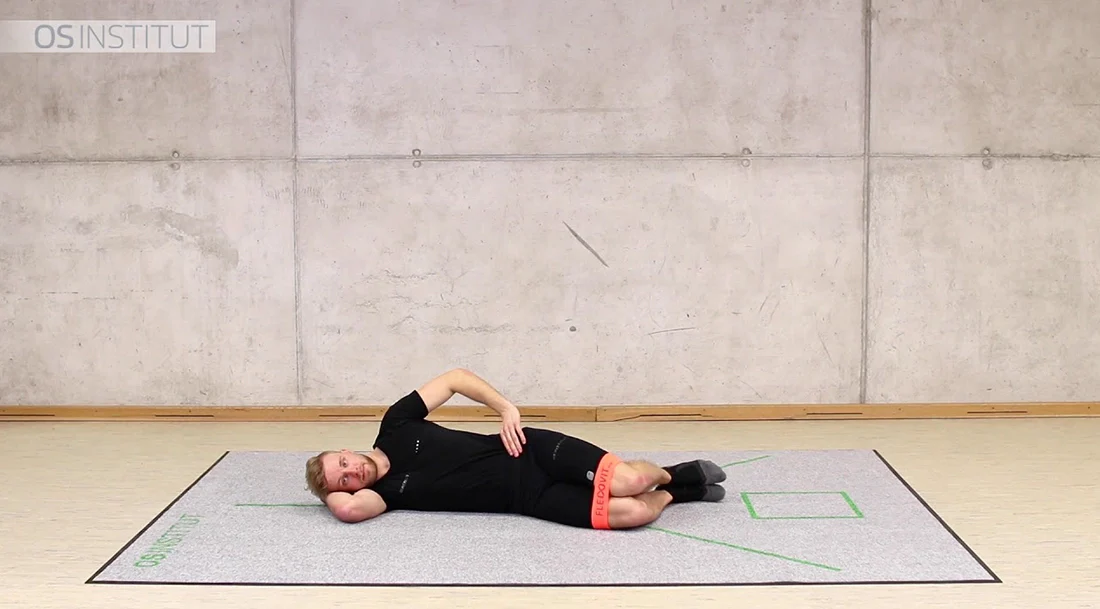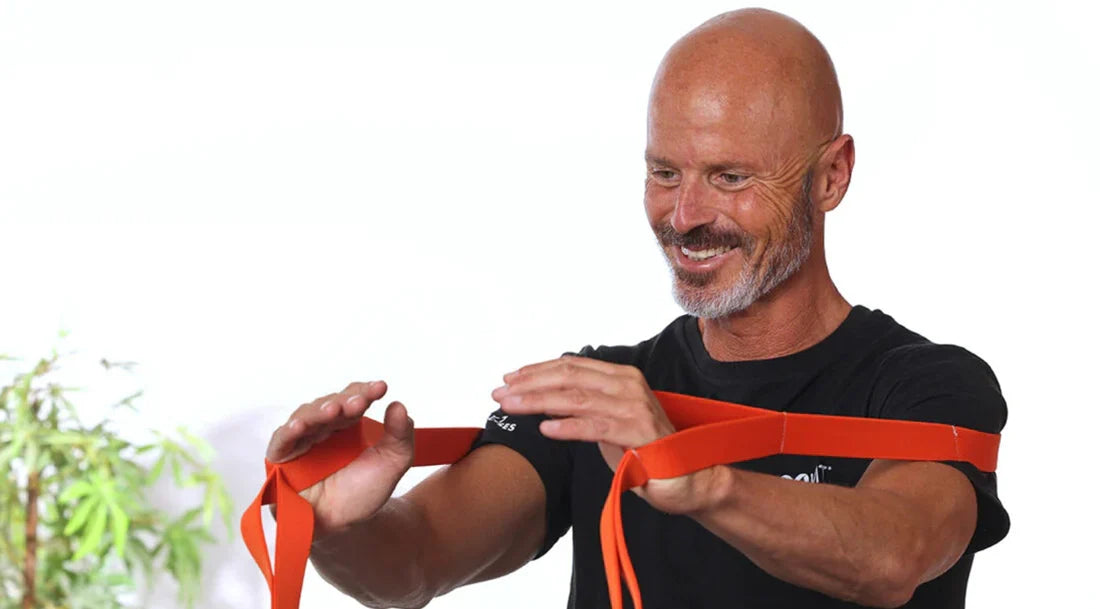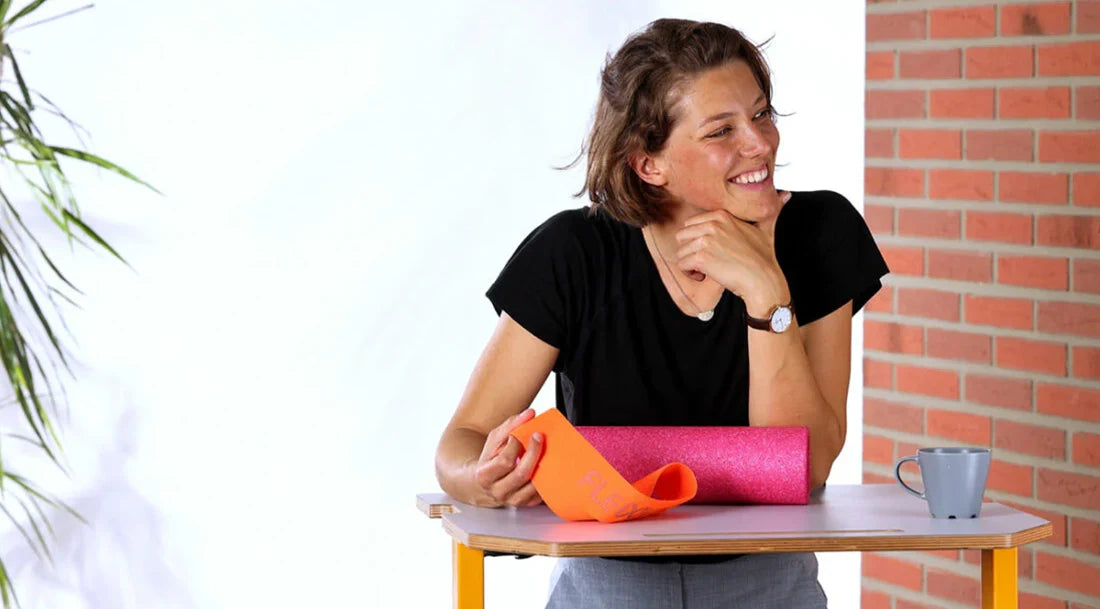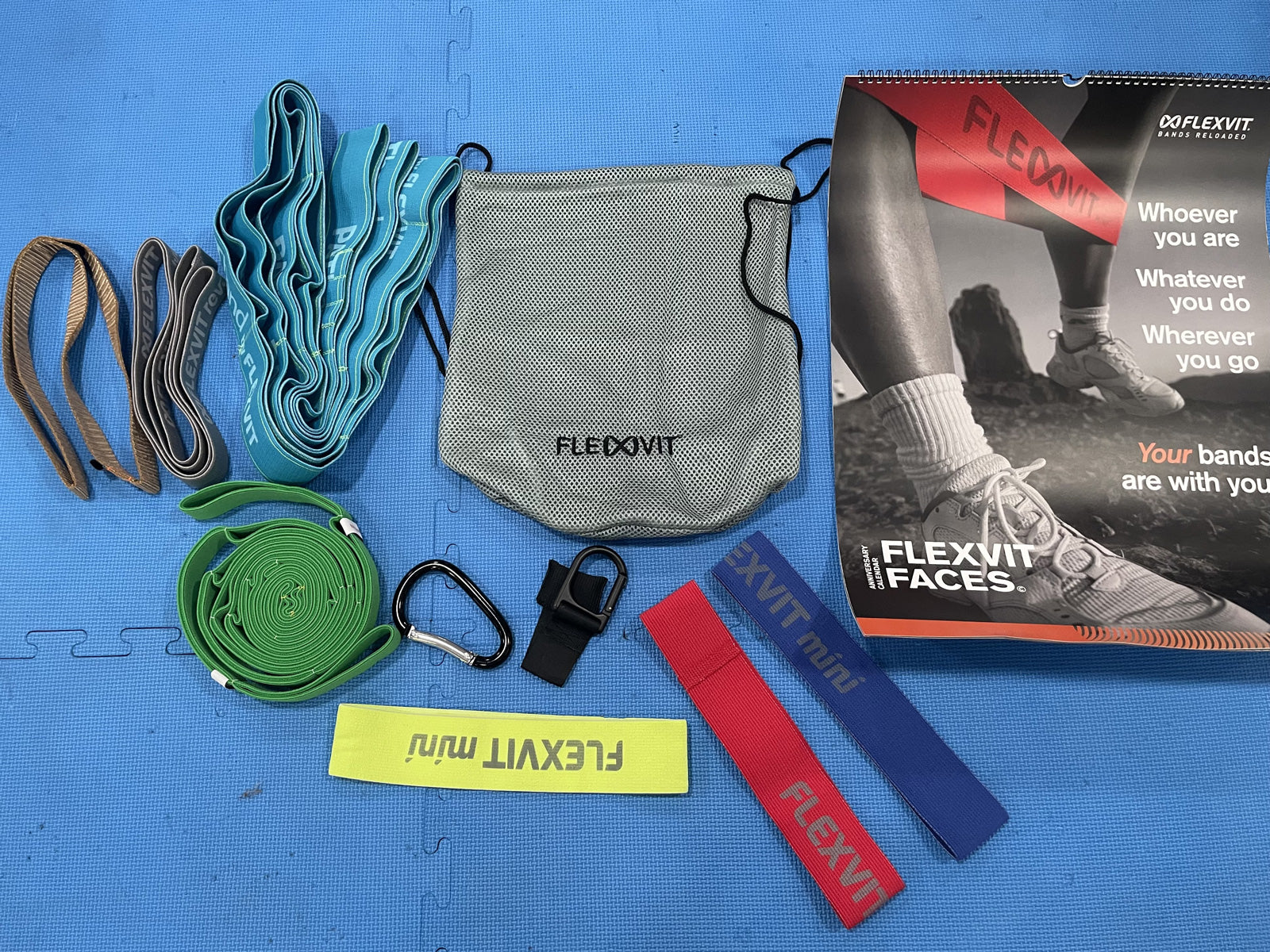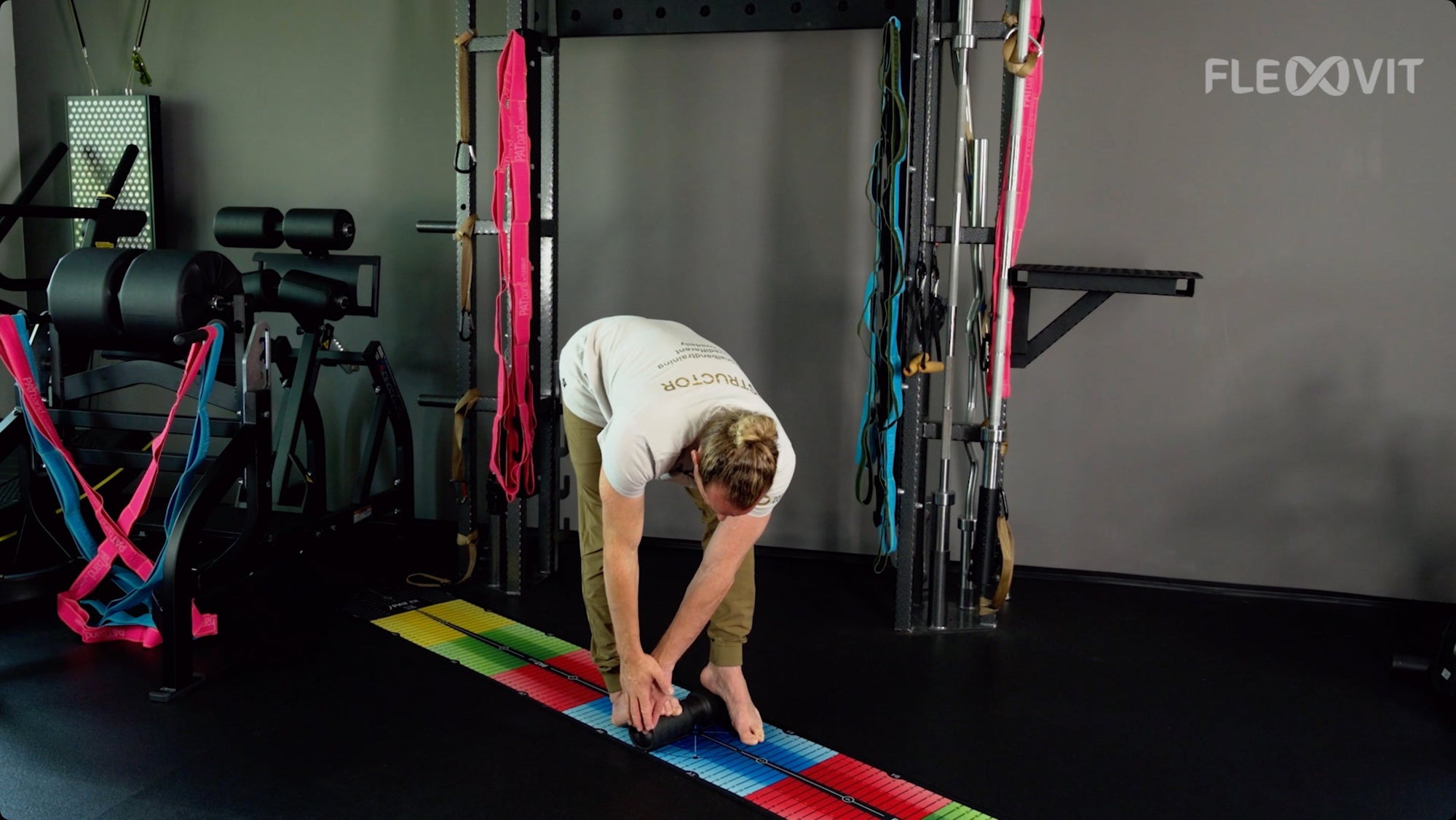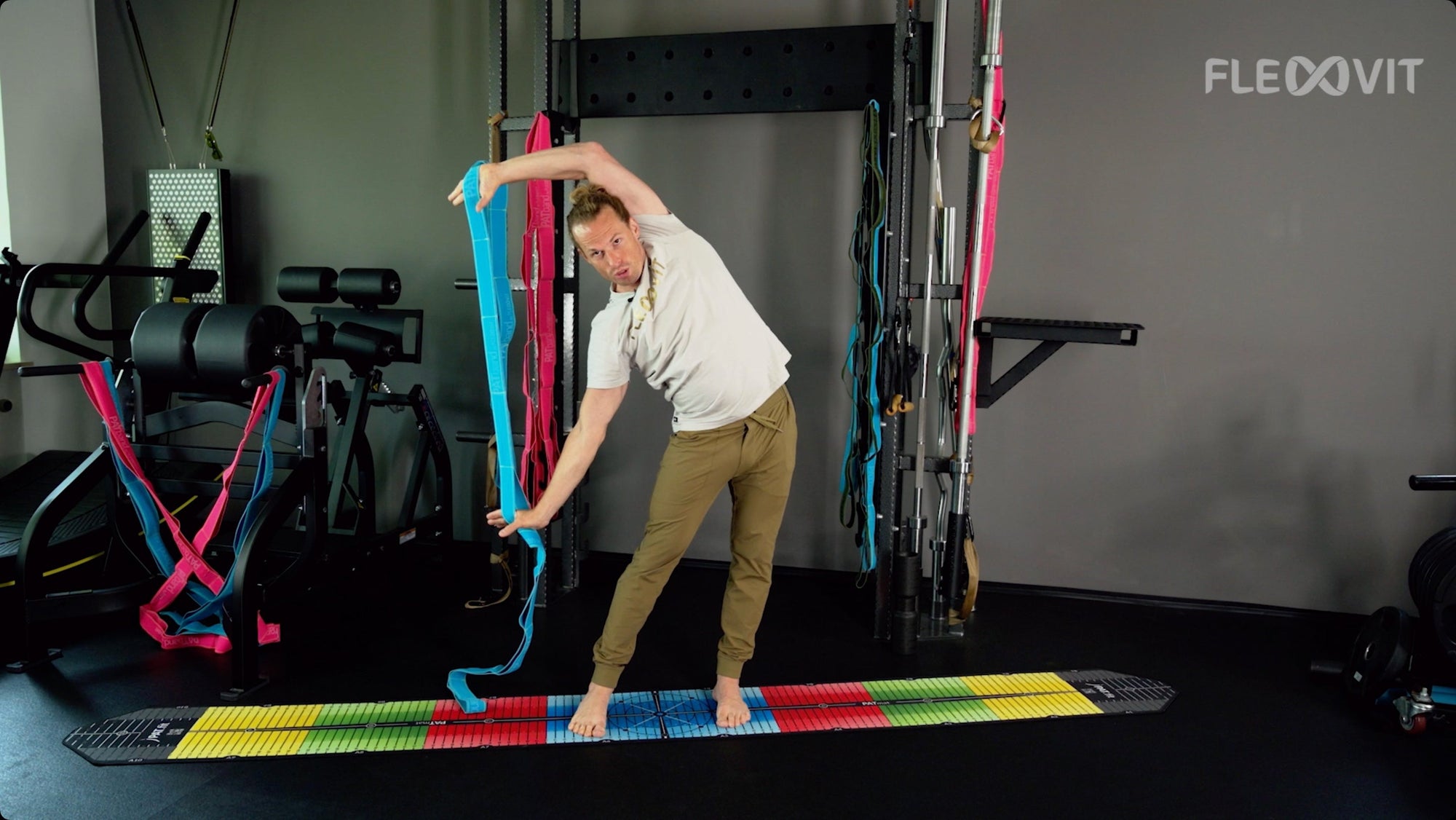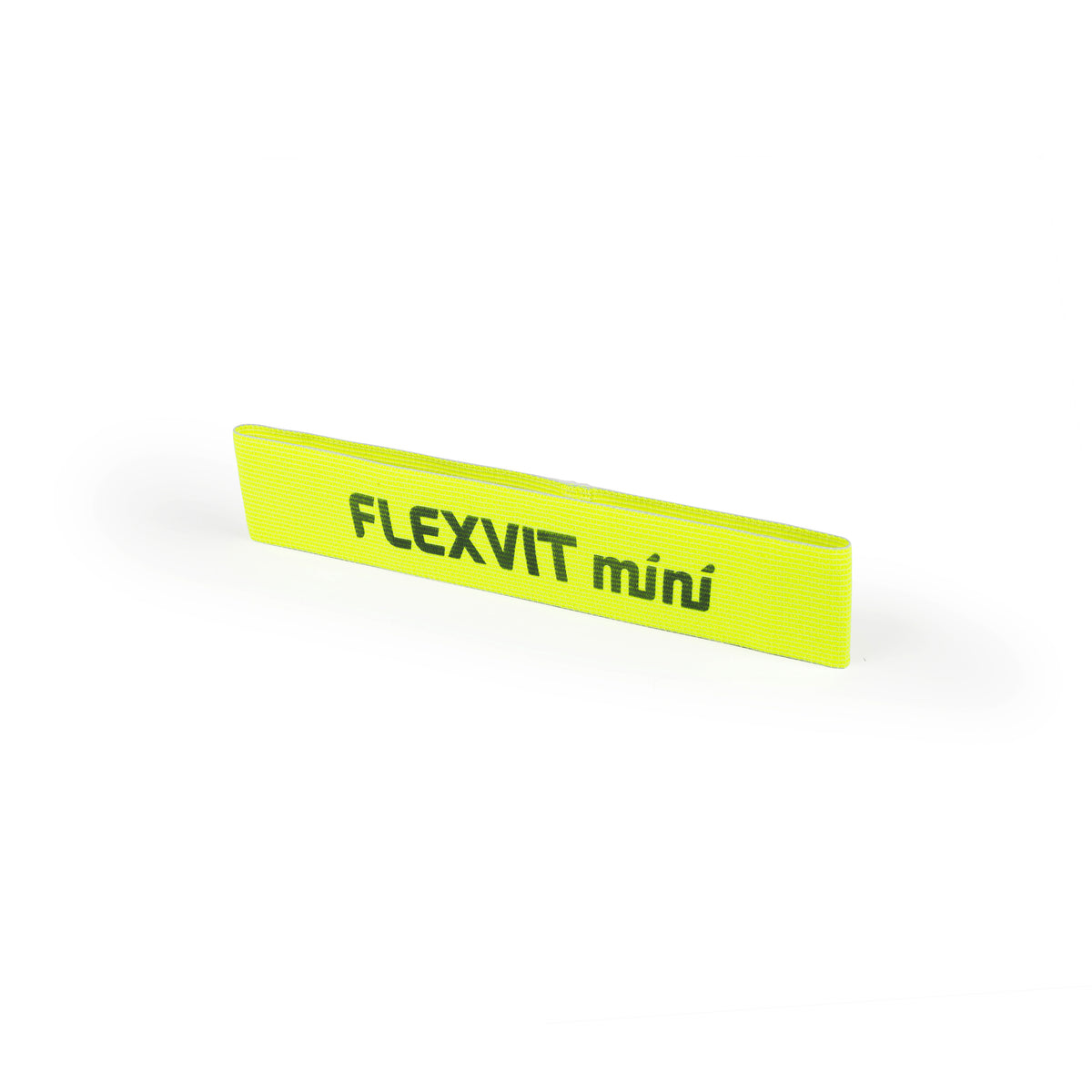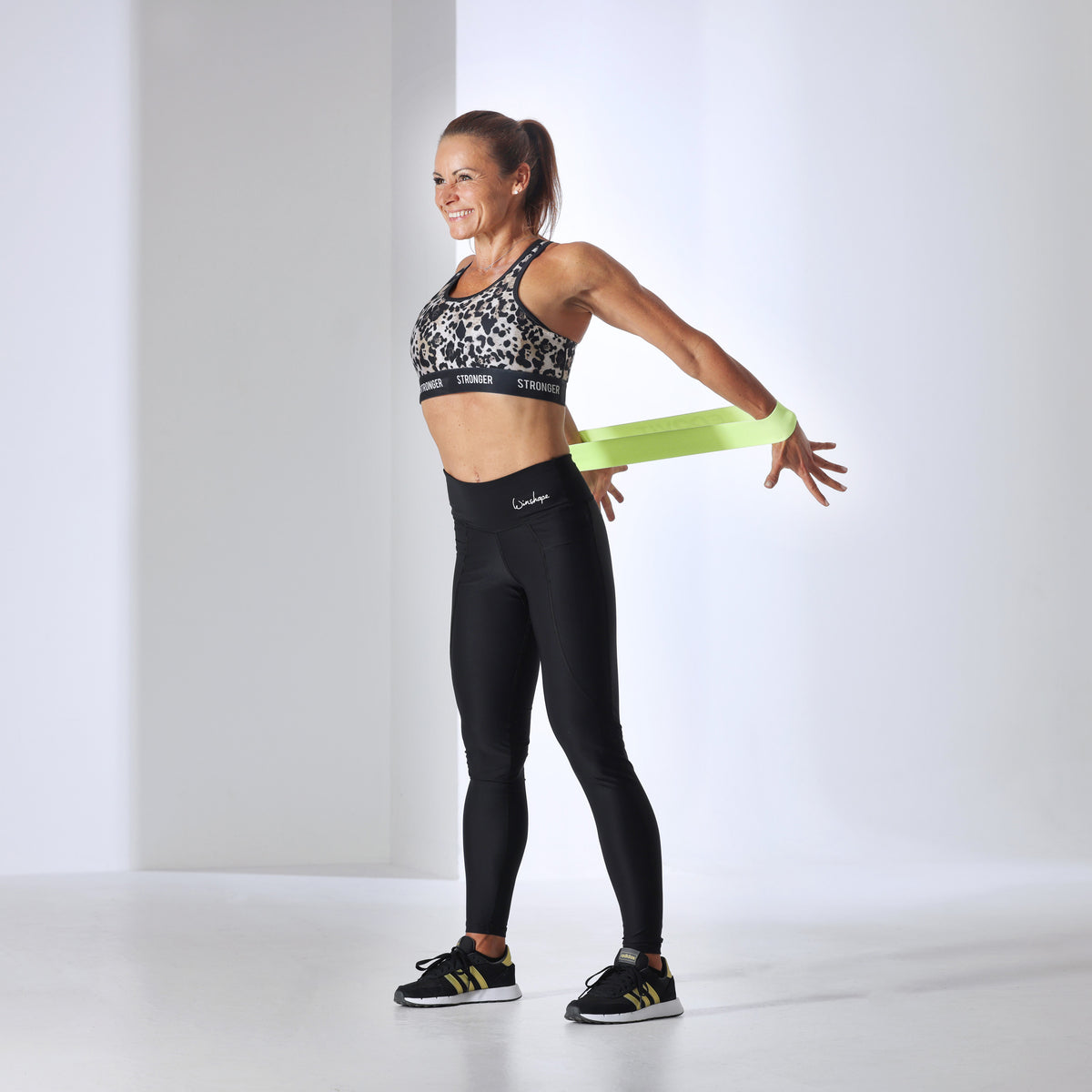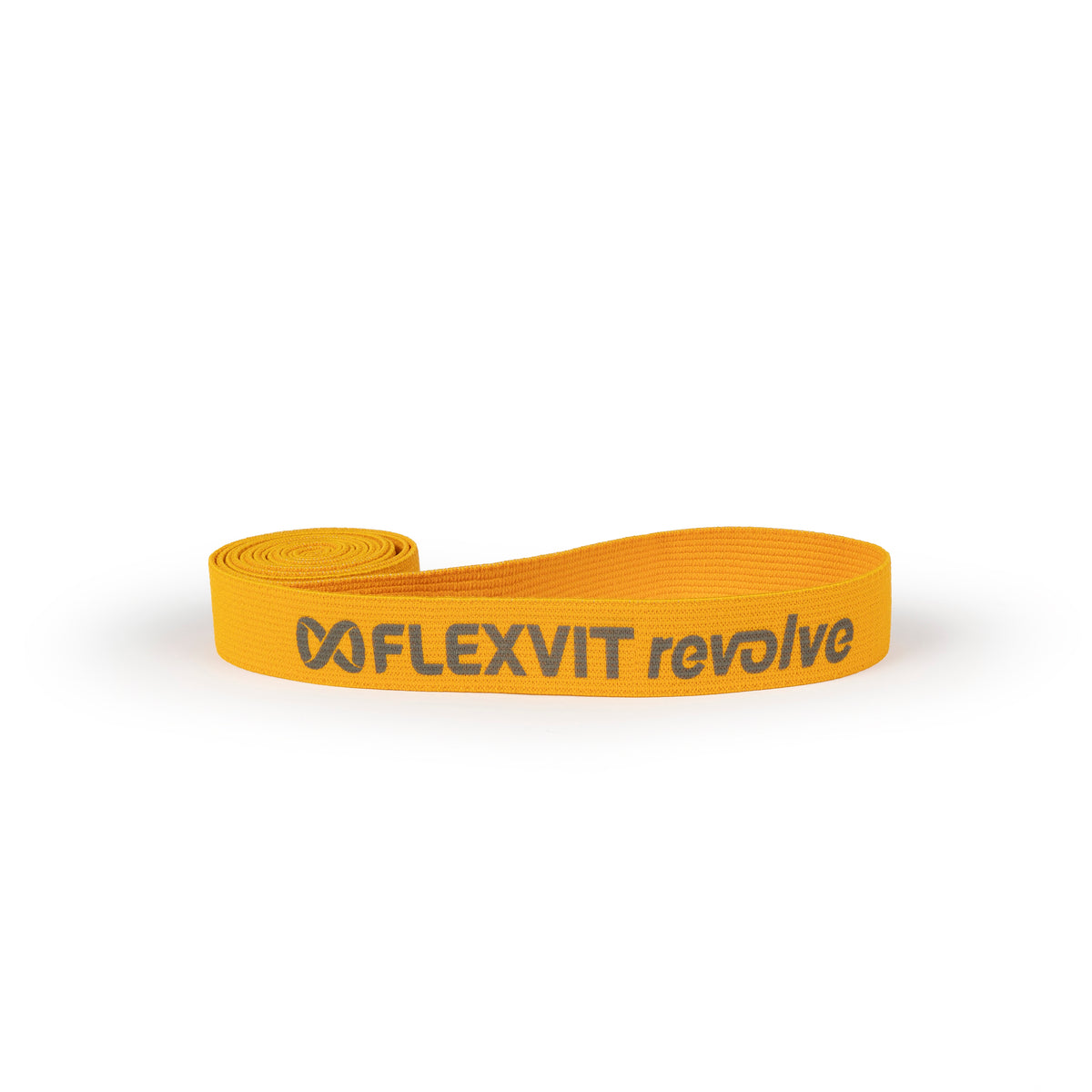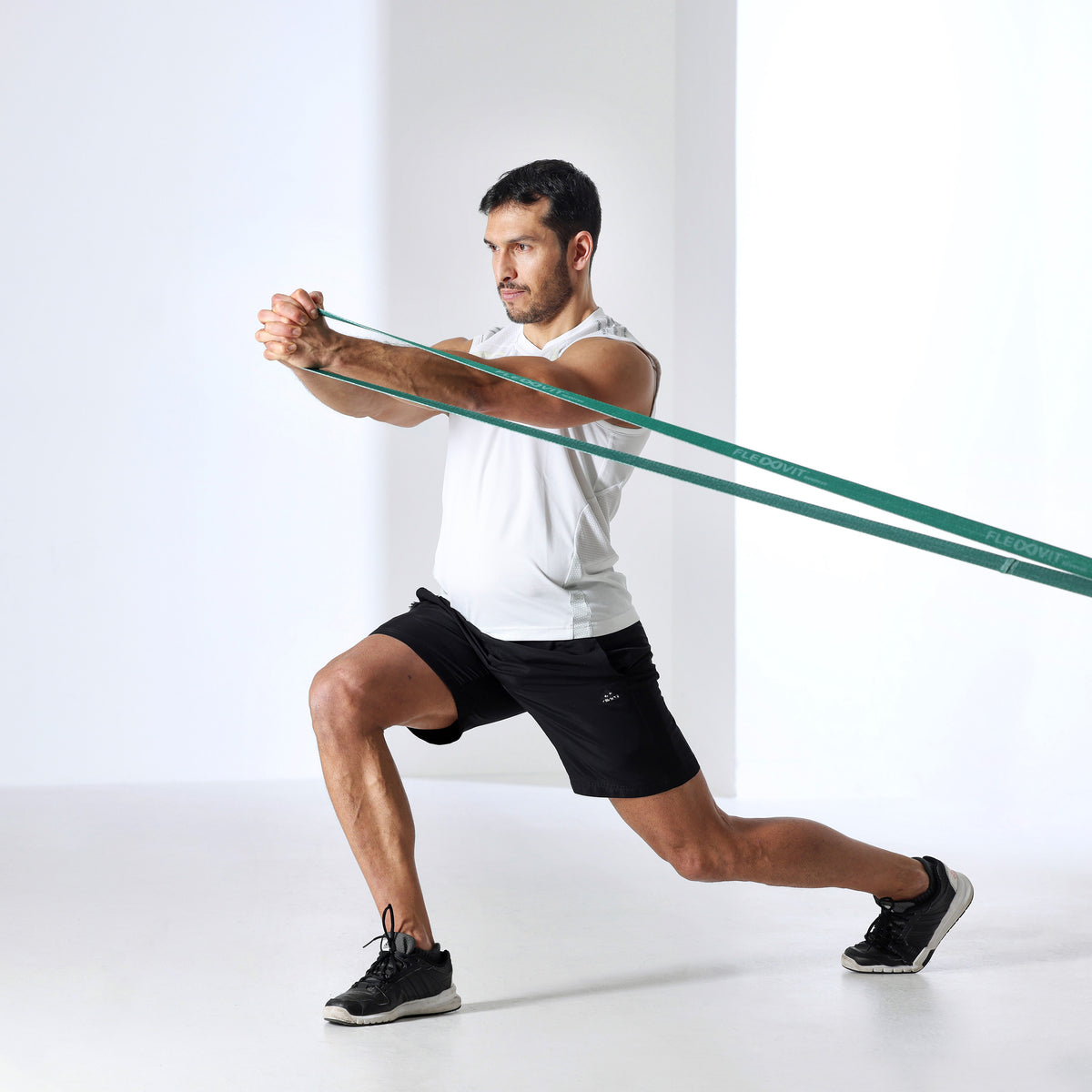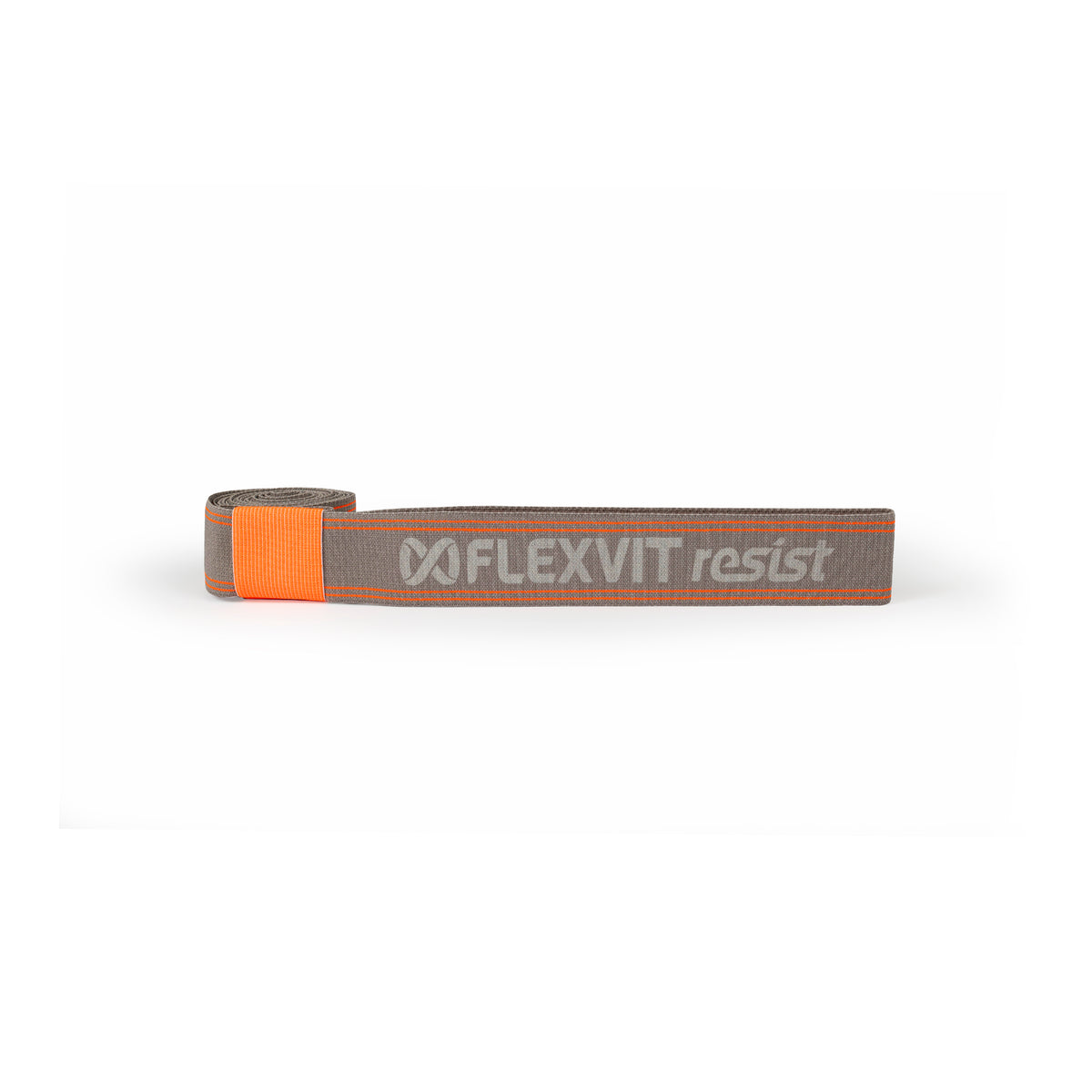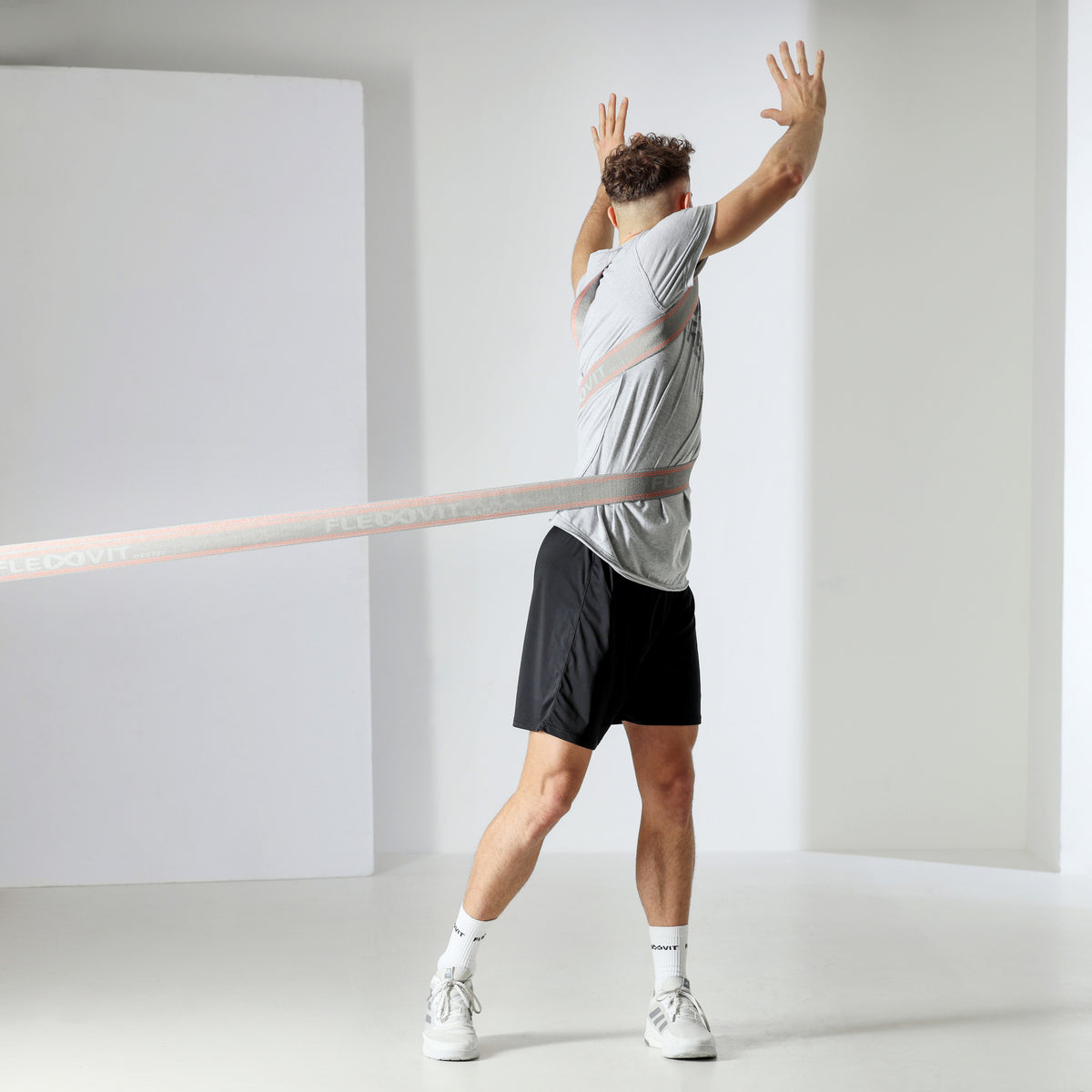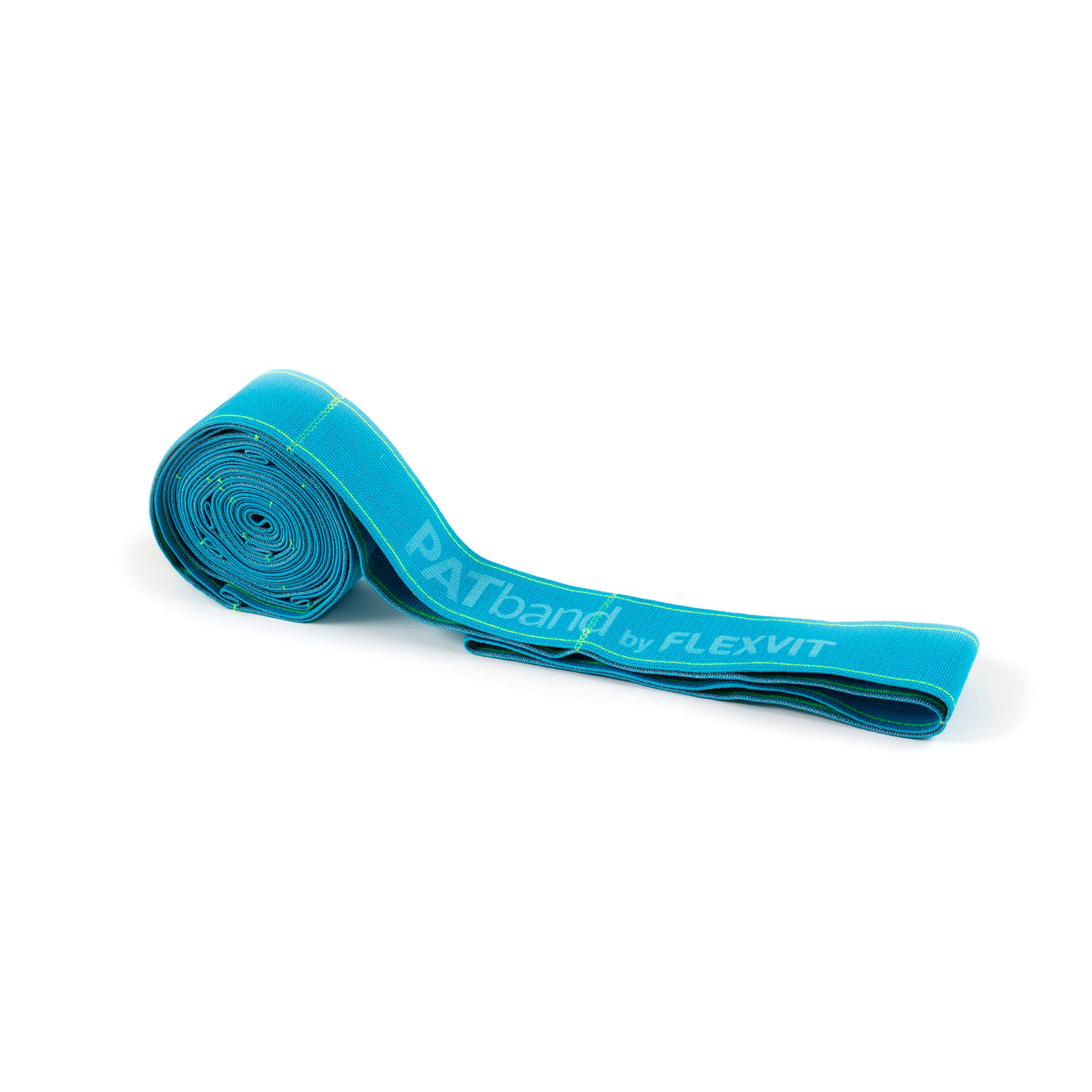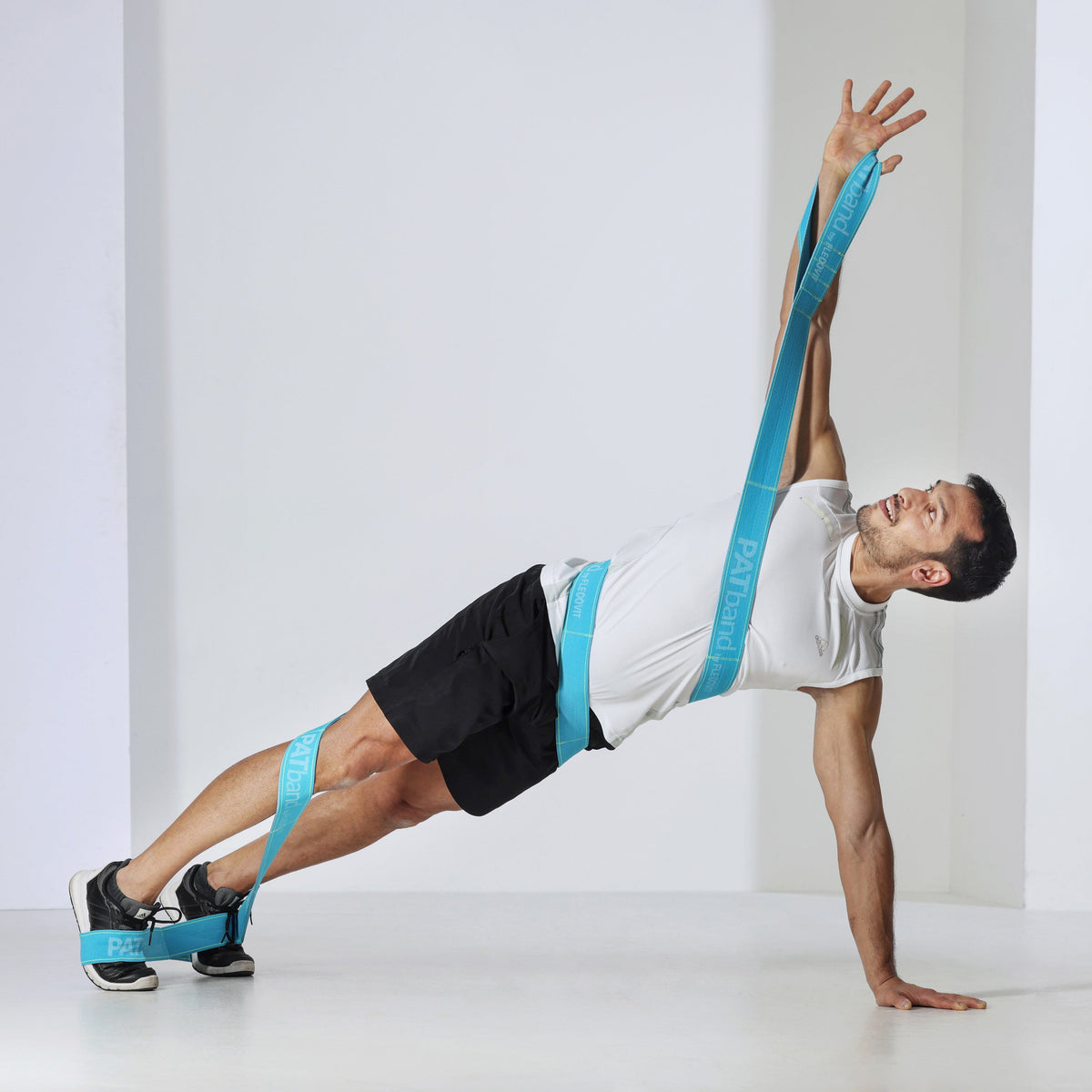Every month we present an exercise from OSINSTITUT with FLEXVIT bands that can be carried out in various regressions and progressions. The correct execution and the different areas of application are discussed.
Guest article from OSINSTITUT
What is the clamshell?
The clamshell primarily trains the hip joint abductors and external rotators, which leads to better hip stabilization. At the same time, the gluteal muscles (glutaeus maximus, medius and minimus) are trained and activated.
That's why this exercise is particularly suitable for runners, for example. The clamshell with the mini band can be carried out in a relaxed manner while lying down, but also more demandingly, for example with lateral support.
Execution of the clamshell with the mini fitness band while lying down
The starting position for the clamshell:
- The trainee lies sideways on the floor, the knees are bent at an angle of approx. 90° and the hip joints are flexed at an angle of approx. 45°.
- The mini band, e.g. the FLEXVIT Mini, is placed above the knees on the thigh.
- The pelvis should be vertical and the feet should be an extension of the back. One arm can be placed on the pelvis (for self-control) and the head can be rested on the other.
The execution of the clamshell:
- The upper knee is raised as far as possible without the feet separating. The movement occurs from the hip joint and against the band resistance.
- Lowering the knee back to the starting position should also be done consciously against the ligament resistance - the pelvis and lumbar spine should remain as stable as possible, i.e. there should be no pelvic rotation and no lateral flexion in the lumbar spine.
Since these exercises train the muscles in the buttocks and hips in isolation, it is recommended to then train these muscles with complex or functional movements such as squats or lunges according to the isolation-integration principle.
As a small increase in intensity, the clamshell can also be performed with side support instead of lying down:
Clamshell: Use
The clamshell can be integrated as part of injury prevention (prehab) as well as in rehab or in the “return to sport” phase with different levels (and with different band resistances).
You can find out more exercises and how rehabilitation of the lower extremity can be controlled using the Return to Activity Algorithm (RTAA®) in seminar 2a Functional Rehab – Lower Extremity at the OSinstitut.
You can find more information and dates at the OSInstitut .

